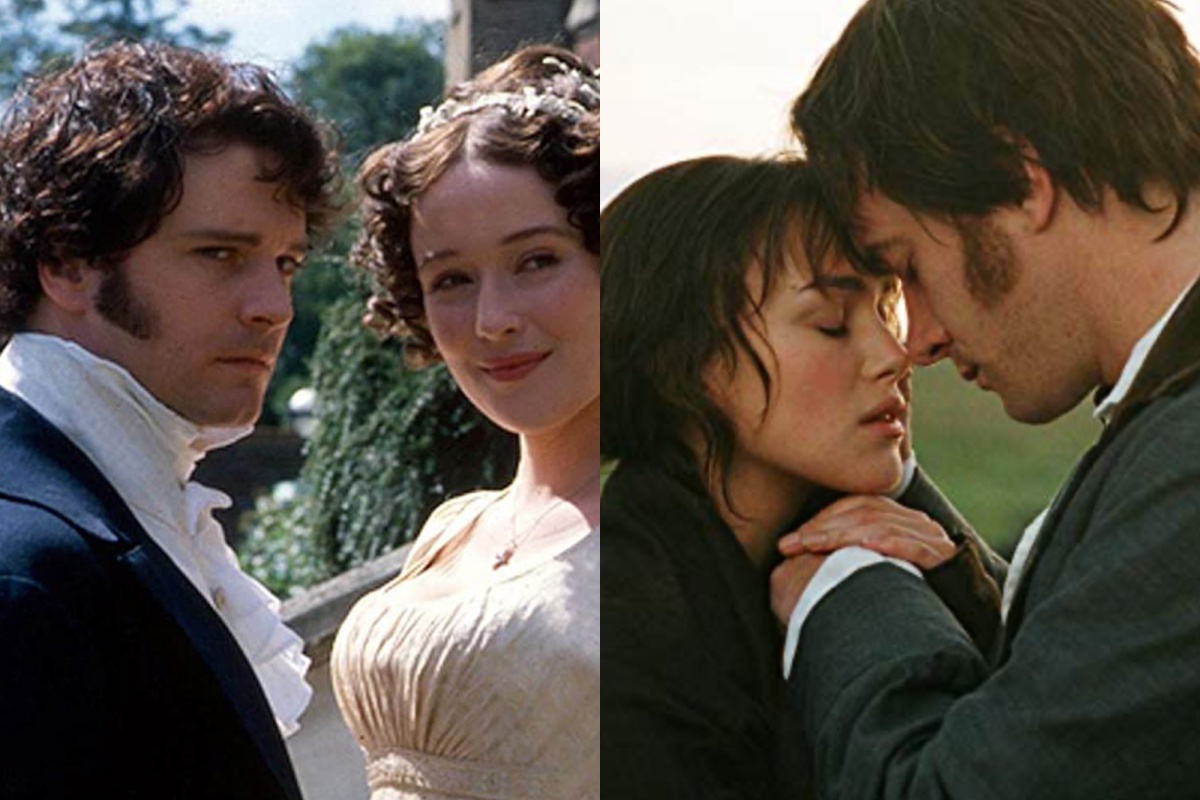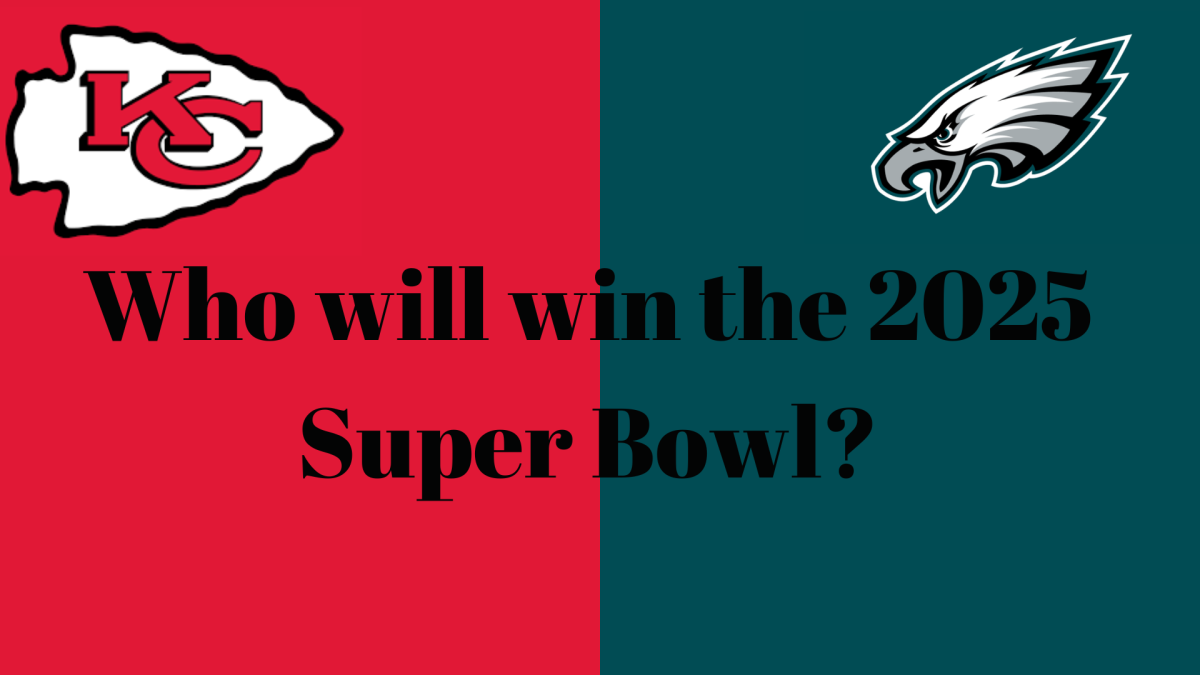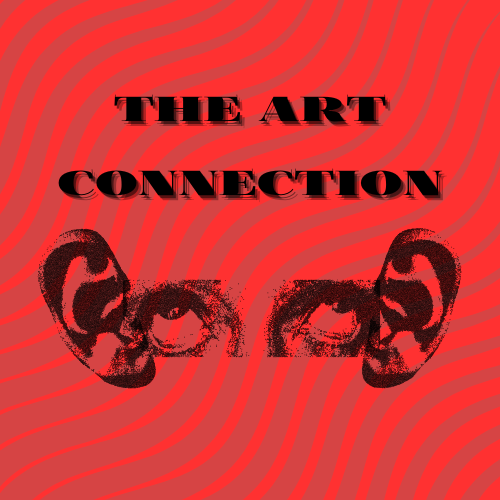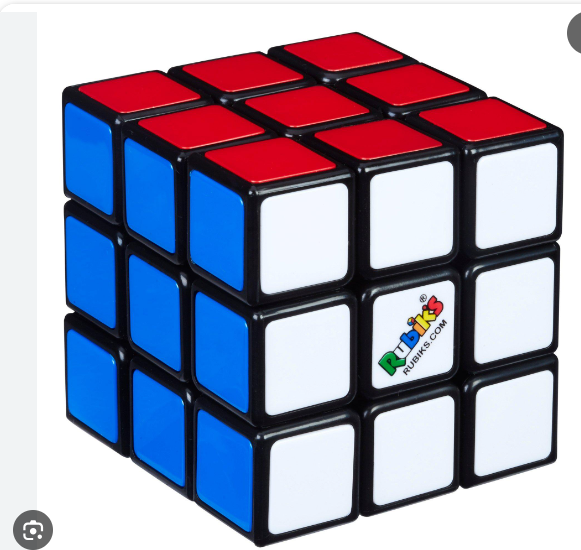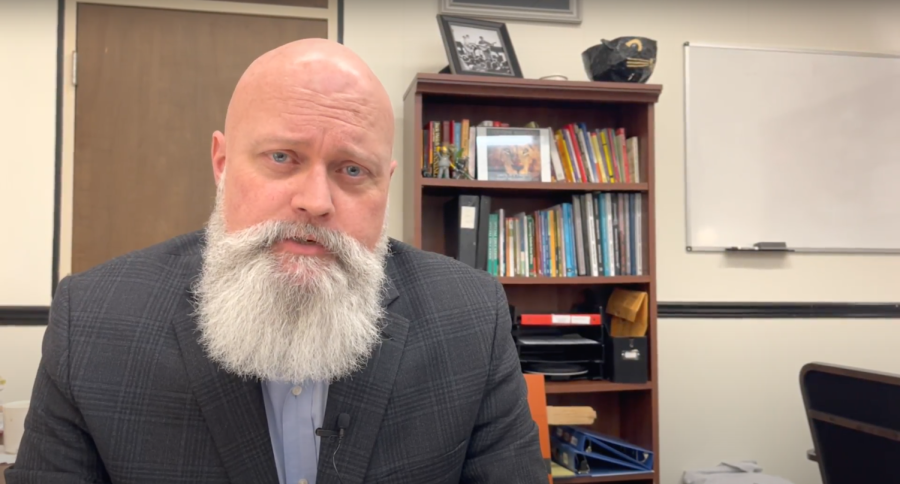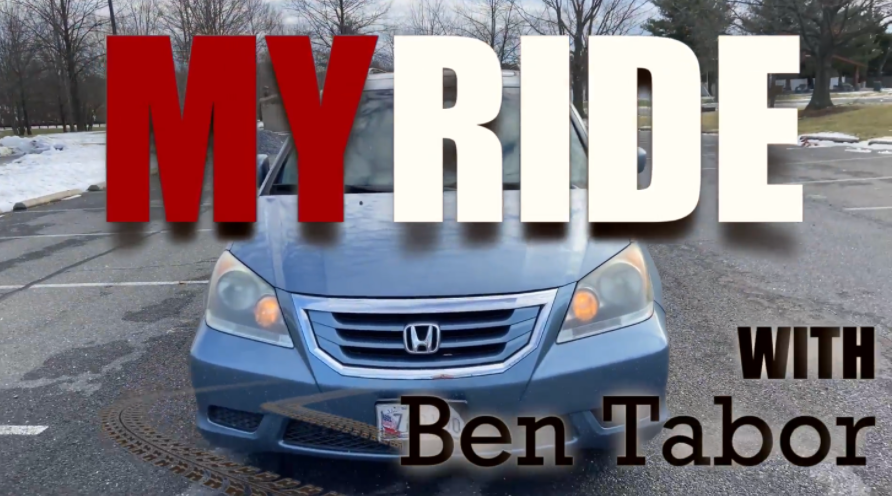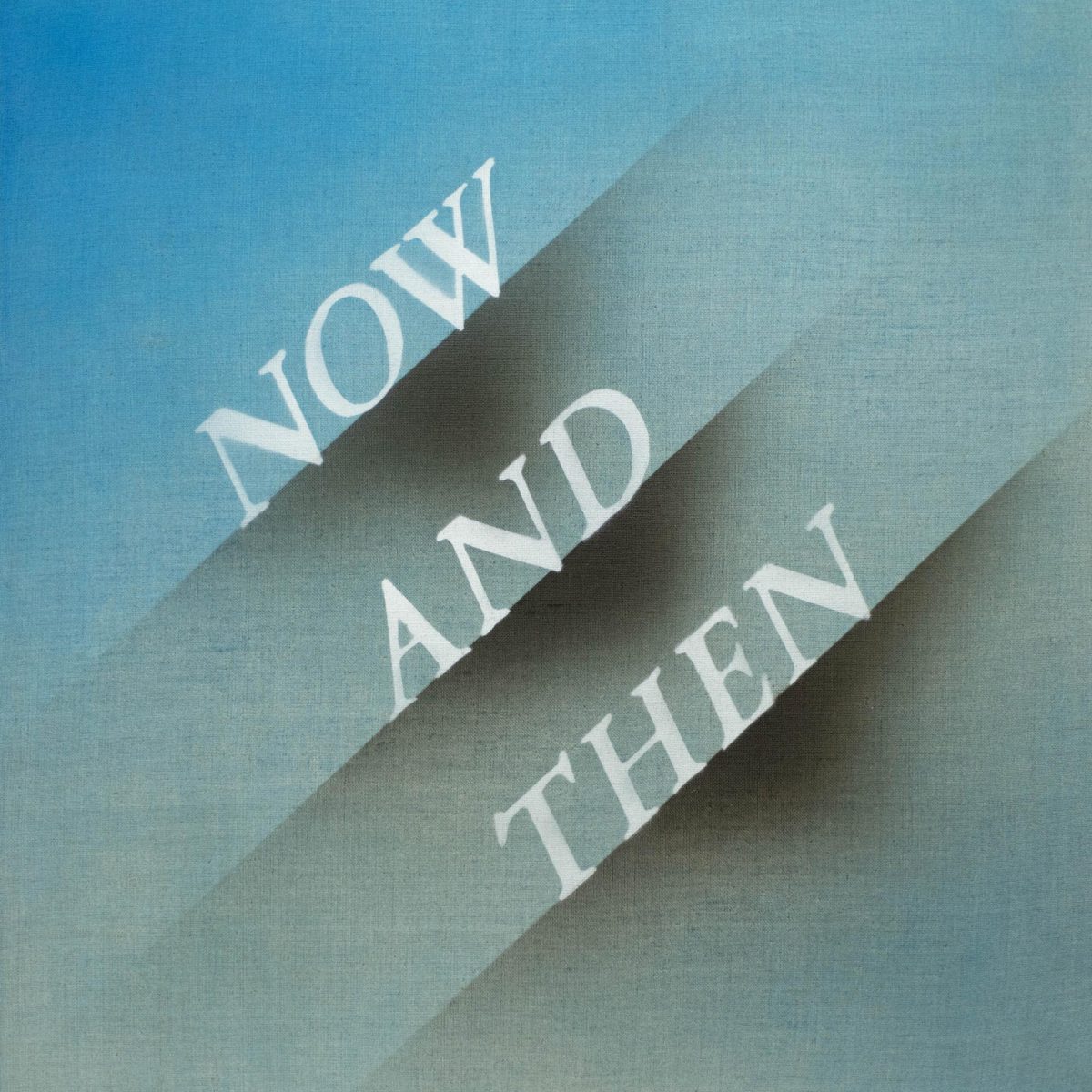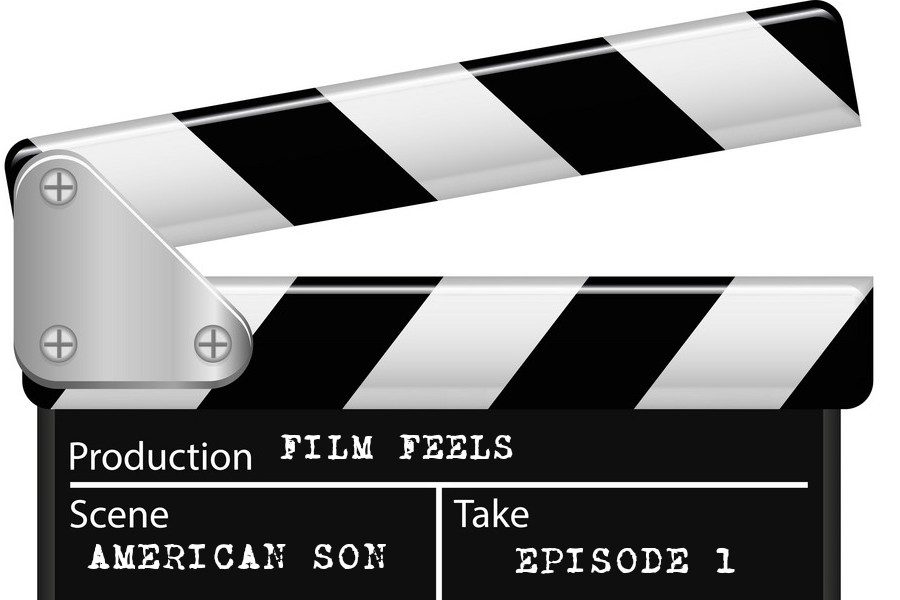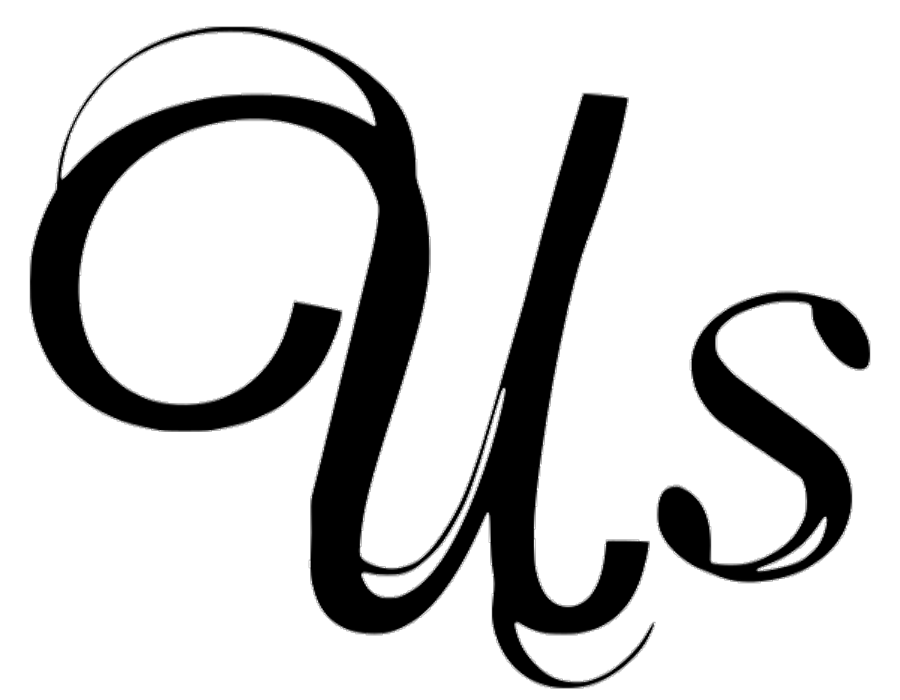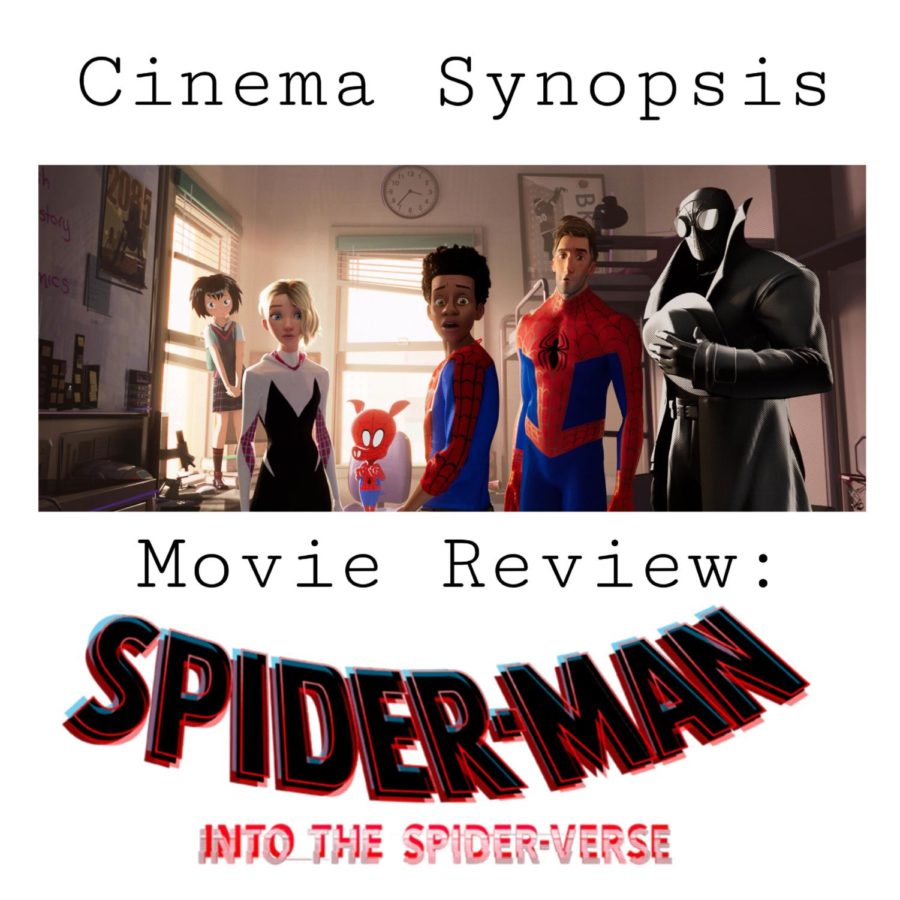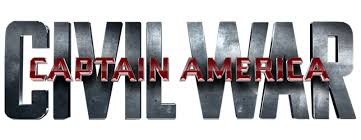
Marvel’s cinematic universe strikes again with its third Captain America installment, Captain America: Civil War, incorporating intriguing characters, creative costume design, and a strong plot-based background to produce what can easily be classified as the most marvelous Marvel movie in existence.
With Captain America (Chris Evans) holding the spotlight and the other main heroes filing around him, there was an immense amount of strong acting incorporated into the film to ensure the accuracy of each character with his or her own stance on the main conflict. In the plot of movies, there is one main conflict, but great movies add smaller conflicts that stem from the main conflict and incites character development. The main conflict in Civil War being the dividing factor of the heroes on the Avengers deciding whether or not to have their movements dictated by an international council, which then escalates into one side having to prosecute the others for assisting a fugitive.
Captain America and Iron Man (Robert Downy Jr.) have the most contrasting views on the conflict. The two split the entire group and the others are forced to take sides in varying degrees based on their circumstances and experience. Through this, the actors present their character’s internal strife and aspirations from slight mannerisms to the delivery of dialogue.
Elizabeth Olsen, who plays Scarlet Witch, does an incredible job bringing her characters past experience and internal conflict to this film. The character is controversial in the movie’s universe since, in Avengers: Age of Ultron, she had been partially responsible for the attack on Sokovia with a multitude of civilian causalities, as well as inadvertently causing a building fire during the assault in Nigeria in the opening of the film. She’s dangerously powerful, and both the public and herself fear what she can do. Scarlet Witch harbors guilt and fear of herself and powers. With all of Scarlet Witch’s character development in previous films and the current one, Elizabeth Olsen portrays the emotional character flawlessly. Every reaction and minuscule shift in her expression and posture allows the audience to understand her character’s motivations. What makes her performance exciting is that, despite having a smaller role, Olsen puts incredible effort into her character.
Proving that the excellence is present in both supporting and main leads, Chris Evans and Robert Downy Jr. fluidly act off of each other. Having their characters’ reactions to the situation causing the plot to progress, their acting skills were crucial to producing such a successful movie. There was never any doubt that their skills weren’t up to par for past films. Civil War only exemplifies their dedication to the roles in such a way the audience obtains a full grasp on both views of the conflict and how it evolved by the the time the credits roll.
Every aspect of Captain America: Civil War was artfully crafted to maximize the viewer’s experience, especially the costume design. New and improved super suits were designed and ordained for this film. Each costume carefully creates individuality and some pizazz for each character. For the never-before-adapted-to-film characters, the costumes had no precedent in the physical world, only the comic one. For example, the Black Panther (Chadwick Boseman) suit was designed with a modern, subtly technological touch. His original, comic created costume is a black, skin-tight suit with the Black Panther’s signature cat cowl, tribal claw necklace, and vibranium nail weapons on the end of each finger to resemble claws. Keeping the identifying features intact, the designer (Judianna Makovsky) recognized the possibilities of incorporating the influence of Black panther’s Wakandan culture on his costume. In the Marvel universe, the Wakandan society is much more technologically advanced, which is seen through the intricate details and designs ingrained into his suit. The costume also appears to be made of vibranium, an extremely strong and flexible metal distinct to his society.
In addition to the costume design being adapted to the screen, the plot of the original Civil War comic book story arc from 2006 was the main inspiration of this movie. Keeping key plot-lines intact from the comic to the film, covering the general bases, and incorporating many of the major characters into the film was done tremendously with little to no consistencies between the comics and the film. The story arc spanned through practically the entire Marvel Universe and played a role in each of the publisher’s main series, so having the film not portray every aspect of the comic is completely understandable due to the vast number of comic book issues the arc had covered. The movie was presented from Captain America’s viewpoint on the entire ordeal, since it was the third Captain America movie installment. With this known, there is a lot of information and plot that can be taken from the comics that weren’t included in the movie, and be used as a companion to the film. Both the comics and the film can stand alone without the other while illustrating the general conflict, and at the same time both can be used to fulfill the other. In case the viewers of the film want more information, then they can pick up a copy of the comics, and if the comic readers want to see their characters adapted onto the big screen, then they can watch Captain America: Civil War.
From the costume designs and character portrayal to the availability of extra content from Marvel, Captain America: Civil War can be considered a major success for the Marvel Cinematic Universe.



